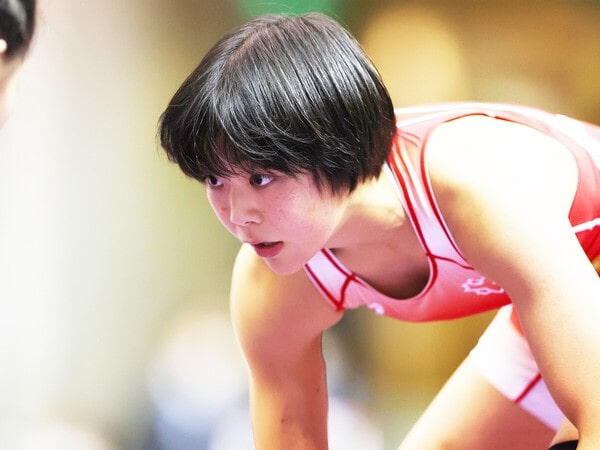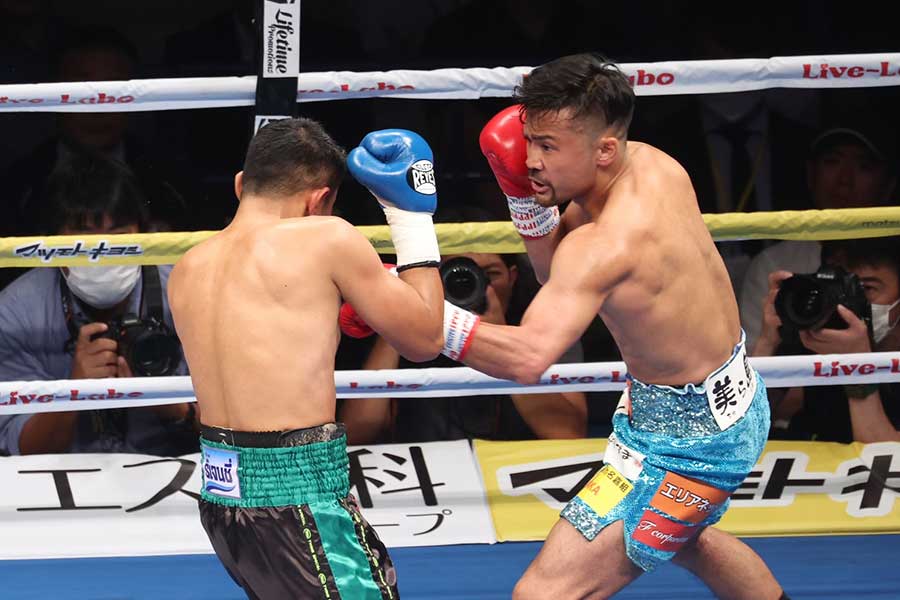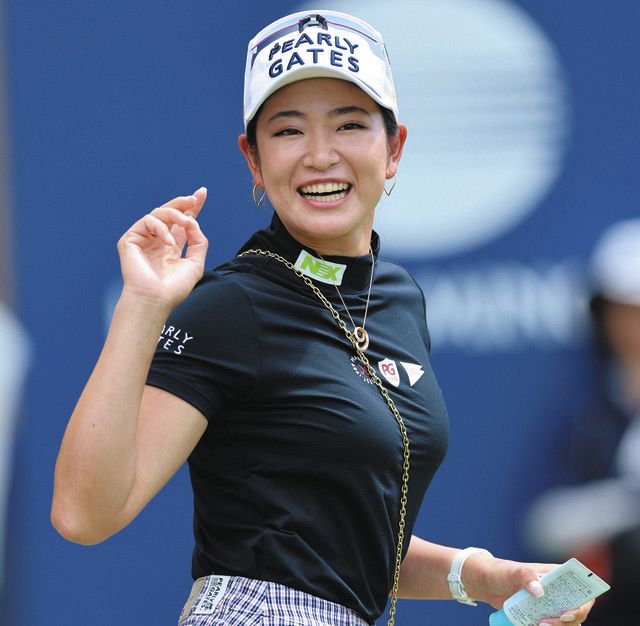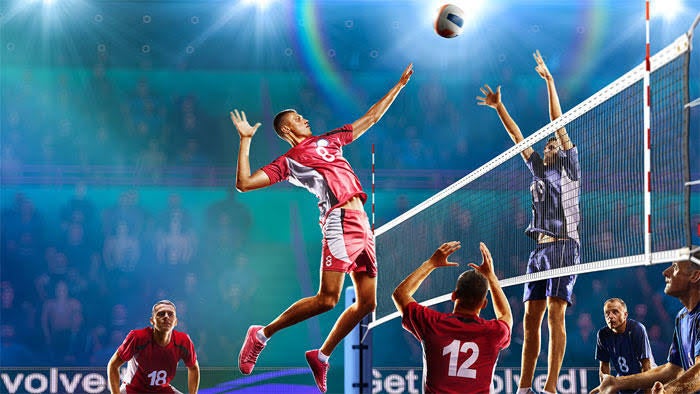
Kote-uchi in Kendo is technically difficult to master, but at the same time it is a very important striking technique.
This blow gives you the chance to defeat your opponent and score points by aiming for their wrist.
This article provides a detailed explanation of the key elements that Kendo enthusiasts should master, from the basics of Kote-uchi to applied techniques, as well as common mistakes and how to correct them.
We provide useful information for practitioners of all levels, from beginners to experienced kendo practitioners, to help you further develop your kendo skills.
Through this article, you will learn how to effectively use Kote-uchi, how to practice it, and how to use it in competitions to improve your Kendo skills all around.
目次
Prologue: What is Koteuchi in Kendo?
Kote-uchi in Kendo is a technique that targets the opponent’s wrist, and is one of the basic techniques of Kendo.
This technique is used to stop the opponent’s attack and score important points that lead to victory.
Here, we will delve into the basic meaning of kote-uchi, its history, and its importance in kendo.
Basic meaning and history of Koteuchi
Kote-uchi refers to the technique in Kendo of striking an opponent’s wrist with a bamboo sword.
This technique was originally used in actual swordsmanship to injure the opponent’s hand and cause him to drop his sword.
In modern Kendo, you can earn ippon (points) by performing kote-uchi accurately, which often determines the outcome of a match.
This technique, which developed along with the formation of kendo, requires technical precision and speed, so repeated practice is essential.
The importance of koteuchi in kendo
The importance of koteuchi is not just for scoring points.
This technique is an indicator of a kendo practitioner’s skill level, tactical thinking, and understanding of timing.
Successfully performing a precise kote-uchi requires a high degree of concentration, accurate judgment, and instantaneous movements, which tests the maturity of a kendo practitioner.
Additionally, mastering Kote-uchi will improve your accuracy in other techniques, contributing to the improvement of your overall Kendo skills.
Kote-uchi provides tactical versatility in kendo matches and is an important key technique for kendo practitioners to step up to the next level.
Therefore, by honing their koteuchi techniques, kendo practitioners can advance to the more advanced world of kendo.

Basic techniques of koteuchi
Kote-uchi in Kendo is an advanced technique that requires precise technique and timing.
Here, we will explain in detail the basic posture, footwork, how to hit, and the timing for a successful kote-uchi.
Basics of correct posture and footwork
Correct posture when performing Kote-uchi provides a stable base and enables powerful strikes. The basic posture is as follows:
- Keep your back straight : It is important to stand with your back straight and in a natural posture. This maintains overall balance and allows for quick movements.
- Footwork : In kote-uchi, the front foot is placed lightly forward, and the back foot serves as the base for the force of the step. This footwork allows you to strike quickly and accurately while moving forward. Move your feet in a sliding motion and try not to make too much noise.
Basic method and timing of Kote-uchi
To master the art of kote-uchi, understanding the correct technique and timing is essential:
- How to strike : Kote-uchi is a technique in which you strike your opponent’s wrist with the tip of a bamboo sword. Aim your blows at the moment when your opponent’s wrist is most exposed. The key is to hold the bamboo sword lightly and swing it down in a relaxed manner.
- Timing : The best time to strike is right after your opponent launches an attack, or when your opponent temporarily loses his stance. By timing this moment and striking quickly, you can successfully perform a small attack that is difficult to defend.
Mastering the basic techniques of kote-uchi requires a combination of these elements and continuous practice.
Through daily practice, refine your correct posture, footwork, and hitting techniques, and strive to be able to perform these naturally in an actual match.

How to practice koteuchi
Kote-uchi is one of the most difficult techniques to learn in Kendo.
This section provides detailed explanations ranging from basic practice drills for beginners to advanced practice methods for advanced players.
Through these exercises, you can effectively improve your koteuchi technique.
Practice drills for beginners
-
Check and practice basic posture :
- Practice the basic postures of Kendo repeatedly and get used to being in the correct posture. Make sure to stand with your back straight and relaxed.
-
Footwork practice :
- We will practice the footwork necessary for kote-uchi, focusing especially on tsuki-ashi and hiki-ashi. Strive to move forward and backward quickly and accurately.
-
Basic strikes using a bamboo sword :
- Once your posture and footwork have reached a certain level, practice the actual kote-uchi movements using a shinai. At first, move slowly, focusing on accuracy, and gradually increase the speed.
Advanced practice methods for advanced players
-
Practicing compound skills :
- We will practice combining Kote-uchi with other techniques. For example, incorporate drills that quickly transition to kote-uchi after men-uchi to increase the ability to apply them in actual combat.
-
Improved reaction speed and accuracy :
- During practice with a partner, you will practice repeatedly performing kote-uchi attacks in response to your opponent’s attacks. You will hone your skills to read your opponent’s movements and hit at the right time. This type of training requires the skill to quickly detect signs of attack and mount an effective counterattack. Additionally, by executing Kote-uchi at the optimal timing while blocking your opponent’s attacks, you can improve your decisiveness in actual battles.
Practicing koteuchi under pressure
- Time Trial : Practice performing as many kote-uchis as accurately as possible within the time limit. This allows you to perform better under pressure, such as in a real match.
- Kote-uchi from different distances : By practicing Kote-uchi from various distances, you will develop the ability to effectively perform the technique at any distance. This is extremely useful in actual battles where the distance between you and your opponent is constantly changing.
Comprehensive scenario practice
- Scenario-based drills : Set up a specific match scenario and practice kote-uchi under that situation. For example, practice with the setting of “small hand strikes while the opponent is making continuous surface attacks” so that you can immediately respond appropriately in a real battle.
By incorporating these advanced practice methods, you will greatly improve not only your Kote-uchi techniques, but also your overall Kendo skills.
Through continuous practice and repetition, you will train your reaction speed, accuracy, and tactical thinking as a kendo player, and acquire techniques that will directly lead to results in matches.

Applied technology of koteuchi
Kote-uchi is one of the basic techniques of Kendo, but it has a wide range of applications and has a deep tactical depth.
This section provides a detailed explanation of the timing and tactics of koteuchi in actual combat, as well as defensive techniques.
By mastering these techniques, you will be able to develop effective strategies in matches and gain an advantage on defense.
Timing and tactics for koteuchi in actual combat
Success in koteuchi depends on proper timing and precise technique. Here are some strategies for effectively performing koteuchi in real combat:
- Read your opponent’s movements : The best time to perform a kote-uchi is when your opponent is about to attack or when you temporarily lose your balance. It is important to predict your opponent’s next move and immediately launch a small attack.
- Use feints : Use feints (fake movements) to confuse your opponent, then use the opportunity to perform a small strike. For example, by feigning men-uchi and switching to kote-uchi, you can easily induce your opponent’s defense.
- Kote-uchi as a combination technique : Kote-uchi is also very effective as part of a continuous technique. If you are unable to suppress your opponent with one attack, you can maintain the pressure of the attack by quickly switching to a small strike.
Koteuchi defense technique as a countermeasure
Kote-uchi defense is an equally important technique in Kendo. Here are some ways to effectively prevent koteuchi:
- Narrow the range of your koteuchi : By bringing your wrists as close to your body as possible and reducing the target area of your koteuchi, you can reduce the success rate of your attacks.
- Distance management : Kote-uchi requires a certain distance. By keeping an appropriate distance from your opponent, you will be able to miss the reach of the Kote-uchi attack, making it easier to defend.
- Improving your reaction speed : By practicing your reaction speed regularly, you will be able to detect your opponent’s koteuchi movements early on and take appropriate defensive actions.
By practicing and mastering these applied techniques and defensive tactics, you will greatly improve your use and countermeasures for kote-uchi in kendo matches.
Consciously incorporating these techniques not only in matches but also in daily practice will lead to the development of Kendo techniques as a whole.

Common mistakes in koteuchi and how to correct them
Kote-uchi is one of the more difficult techniques to learn in Kendo, but in order to learn it effectively and use it in practice, it is important to understand common mistakes and know how to correct them.
This section covers common mistakes in koteuchi, how to correct them, effective corrective drills, and coaching tips.
Common mistakes and their corrections
-
Wrong timing :
- Mistake : The timing of the attack is either too early or too late, so the koteuchi doesn’t hit effectively.
- How to correct : Observe your opponent’s movements closely and practice determining the moment of attack. Develop a sense of accurate timing by setting a specific sign during practice and attacking only with that sign.
-
Improper footwork :
- Mistake : His footwork is unstable and he loses his balance when performing kote-uchi.
- How to correct : Practice thoroughly, starting with basic footwork, so that you can always hit with a stable posture. Pay particular attention to foot position and weight transfer.
-
Too much force :
- Mistake : Putting too much effort into kote-uchi, making the technique stiff.
- How to correct : Try to strike in a relaxed state and be conscious of swinging the bamboo sword naturally. Incorporate breathing and relaxation exercises.
Effective modification drills and coaching tips
-
Repeated practice :
- By repeatedly practicing the koteuchi motion, your body learns the correct movement. Start slowly and accurately, then gradually increase speed.
-
Video analysis :
- By recording videos of practice and matches and watching them later, he objectively evaluates his own koteuchi technique. In particular, analyze in detail the areas that need improvement and consciously make corrections in the next practice.
-
Coaching feedback :
- Utilize feedback from coaches and experienced Kendo players and improve on the points pointed out. Make corrections based on specific advice for specific mistakes.
By performing these modifications and drills regularly, you can effectively improve your koteuchi technique.
Continuous effort and self-reflection under the guidance of a coach are the path to improvement in Kendo.

Strategic use of koteuchi in kendo
Koteuchi is not only a scoring technique, but also plays a central role in strategic development.
In this section, we will explain strategies that use kote-uchi in matches and cooperative techniques derived from kote-uchi.
By making full use of these strategies, the range of tactics in a kendo match will expand and a greater variety of attack options will become possible.
Strategies using small moves in matches
-
Use of gaps :
- Kote-uchi is effective the moment your opponent shows an opening after an attack. Aim for an effective blow by timing your opponent’s attack to end, and by quickly hitting the small hand the moment his hand drops.
-
Koteuchi as psychological warfare :
- By launching a series of small strikes, you can focus the opponent’s attention on your hands and make attacks on other parts more effective. Also, by making the opponent’s attention turn to the kote, it becomes easier to hit the men and torso.
-
Adjusting the sense of distance :
- Kote-uchi is a technique performed from relatively close range. By actively closing the gap and applying pressure, you can create opportunities for small strikes.
Cooperative techniques derived from Kote-uchi
-
Kote-men cooperation :
- It is a combination technique in which a kote-uchi is launched and then immediately changes to a men-uchi. While your opponent is concentrating on defending his small hand, you can use a quick attack to aim for his side.
-
Kote-torso cooperation :
- This technique uses the open state of the opponent’s body after a kote-uchi to strike into the opponent’s torso. After restricting your opponent’s movements with your kote, you can expect a great effect by quickly attacking their torso.
-
Consecutive small strikes :
- This is a technique in which you aim for consecutive kote strikes if you are unable to land a kote strike once. The goal is to disrupt the opponent’s defensive rhythm and ultimately deliver a blow that cannot be blocked.
These strategic uses and cooperative techniques are important tools for responding to a variety of situations in kendo matches.
Make an effort to instill these techniques into your body through practice and practice so that you can naturally demonstrate them in matches.

Benefits gained from practicing Matome and Koteuchi
Kote-uchi is a technique in Kendo that requires precision and instantaneous judgment.
This section details the impact that practicing Kote-uchi has on Kendo as a whole, as well as the importance of continuous practice and its impact on a Kendo practitioner’s motivation.
By understanding and putting these into practice, you will not only be able to improve your Kendo skills, but you will also be able to achieve great spiritual growth.
The impact of Kote-uchi practice on Kendo as a whole
Practicing Kote-uchi has a direct impact on improving your Kendo technique:
- Technical acquisition : By practicing kote-uchi, you will learn accurate striking position, timing, and proper body movement. These techniques can be applied to other striking techniques and have the effect of increasing the overall technical level of Kendo.
- Tactical understanding : Tactical training that combines multiple techniques, including kote-uchi, will improve your ability to strategize during matches. This will improve your judgment and response skills in matches.
Importance of continuous practice and motivation
- Continuous skill improvement : Kendo techniques cannot be acquired overnight. Kote-uchi in particular requires a high level of skill, so continuous practice is essential. Refining your skills little by little through daily practice will lead to long-term growth.
- Maintaining motivation : Feeling your koteuchi technique improve greatly increases your confidence and motivation as a kendo player. By practicing with a goal in mind, you can improve the quality of your practice and further improve your technique.
Continuous practice and the accompanying improvement in technique will also contribute to self-fulfillment as a Kendo practitioner.
Practicing Kote-uchi is an important process that not only helps you acquire techniques, but also promotes your overall growth as a Kendo practitioner.
Through this process, you will be able to transcend your own limitations in Kendo and unlock new possibilities.




